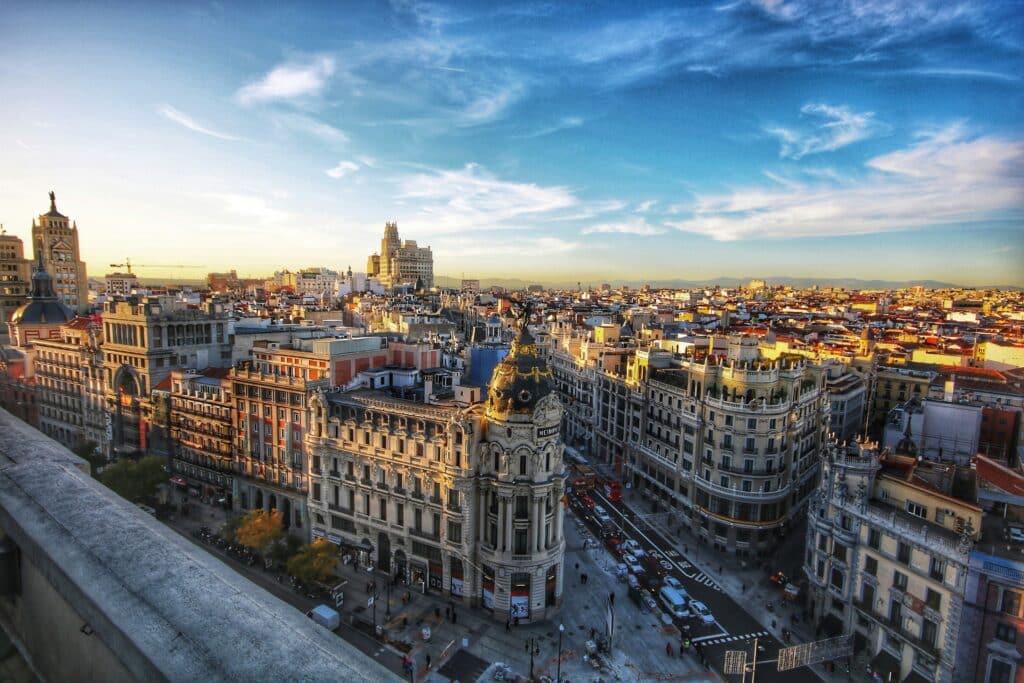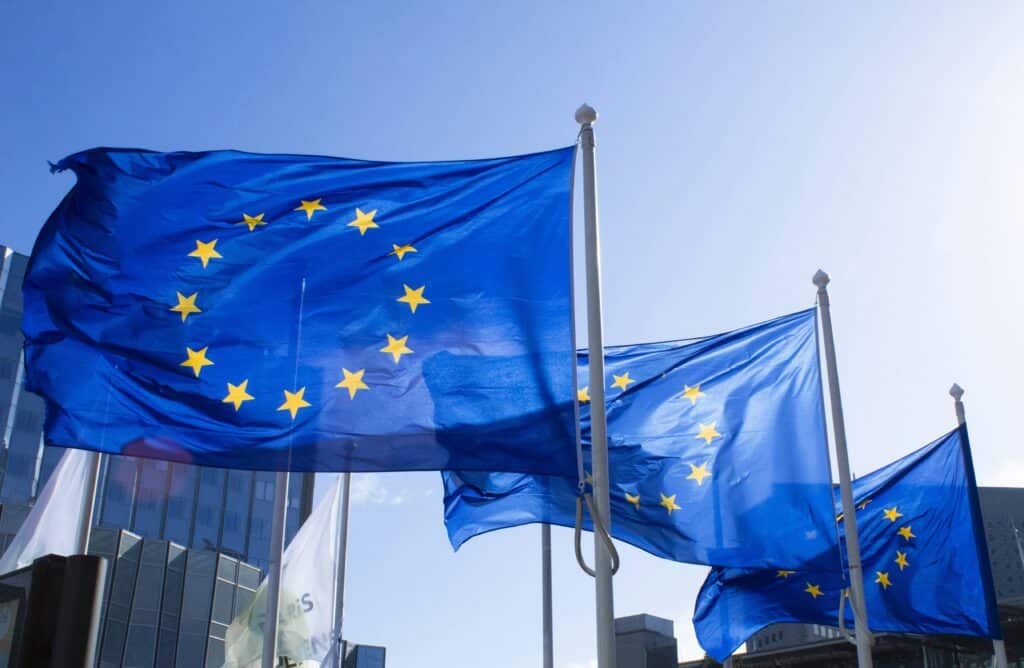“Blue” and “green” hydrogen
On the 15th and 22nd of April, the Florence School of Regulation held two online workshops that shed valuable light on the state of technological development regarding renewable and decarbonised/low-carbon hydrogen1.
The events were organised in the context of the European Commission’s preparations for its ‘Energy System Integration‘ initiative. As DG ENER Deputy Director-General Klaus-Dieter Borchardt explained, the objective of this upcoming Communication is twofold: firstly, it aims to further develop the EU energy regulatory framework, so that the different forms and vectors of energy in the widest sense are able to find their optimal place in the EU’s future decarbonised energy market. Secondly, it will determine how the EU should promote the development of renewable and decarbonised hydrogen.
Our workshops aimed at discussing the data and evidence which could support the rationale for an energy system integration strategy.
Main takeaways
We extracted some key points emerging from the debates, which shows how important it is to maintain an evidence-based approach, if the EU is to develop a policy that meets decarbonisation targets and, at the same time, delivers a cost-effective, job-creating strategy:
- In determining the measures that might be taken to promote the development of a ‘clean’ hydrogen economy, it is vital to know the ETS price levels at which clean hydrogen could enter the market, and displace grey hydrogen (produced from fossil fuels where the resultant CO2 is vented)2.
- There are essentially three methods to produce low/zero-carbon hydrogen; (i) ‘green’ hydrogen, produced from the electrolysis of water using renewable electricity, (ii) ‘blue’ hydrogen, produced from natural gas using steam methane reforming, where the CO2 is then stored (CCS) or used (CCU), and (iii) ‘blue’ hydrogen, produced from natural gas using pyrolysis, where the CO2 is rendered into solid carbon and used in industrial processes or stored (CCUS). It is essential to have an objective understanding of the well-to-wheel CO2 content of the hydrogen produced by these different technologies.
- It is equally important to understand the costs and expected cost trajectory of these different forms of hydrogen production.
- Externalities other than CO2 also need to be identified. For example, green hydrogen requires significant quantities of water; will this have serious limitations as to where it can be produced? CCS involves CO2 storage, where can this take place, and is it a long-term, safe solution?
- Finally, other potential constraints need to be taken into account when assessing the potential role that the different types of hydrogen might play. For example, how much renewable electricity would the EU need to generate if it was to cover both its electrification needs and its hydrogen requirements? Should “clean” hydrogen be imported, and if so, from where?
Whilst answers to these questions will in many cases be open to interpretation, and subject to future developments that cannot be perfectly predicted (technology development, future gas and renewable electricity costs, for example), they are crucial in developing a coherent policy with respect to the EU Energy System Integration Strategy and the policy measures needed to develop the ‘clean’ hydrogen market. These issues will no doubt be at the very heart of the Commission’s Impact Assessment that it will prepare in advance of legal proposals on Energy Sector Integration currently scheduled for June 2021.
What’s next
These online workshops were therefore established to provide some first answers to these vital questions. Whilst this is the first step, and the FSR will follow these up with further research and discussions, the following observations can be made from the interventions.
- We could expect a broad use of hydrogen across different energy sectors. Hydrogen could supply up to 20% of energy demand by 2050. The particular challenge is that a hydrogen economy requires a new customer basis with new infrastructure. The process could be accelerated by more stringent emission standards for heavy transport and by industrial decarbonisation policies. The scale of production matters a lot in the production of ‘clean hydrogen’.
- The political focus today is very much on renewable hydrogen, but decarbonised hydrogen from natural gas will also play a significant role. Different technologies have different additional advantages. Methane pyrolysis doesn’t need water, autothermal reforming of methane with the use of CCS could be more efficient than SMR with CCS. Some companies have already some experience with these processes and announced projects for CCS. The production of ‘blue’ hydrogen could be done at scale already now, saving 830 Mt CO2/year, which are currently being emitted with the production of ‘grey’ hydrogen. New technologies are being developed, like ‘hydrogen stripping using microwave-initiated catalysis’, where energy transfer happens without heat transfer. The use of renewable electricity and biogas for producing hydrogen could provide for ‘negative’ emissions3, which could give input in achieving carbon neutrality. Blue/green hydrogen use will vary by region, depending on the availability/costs of resources and public acceptance. EU ETS price of EUR55/tCO2 by 2030 can enable the conversion of 125TWh of grey to blue hydrogen.
- For the development of renewable hydrogen, the price of renewable electricity and the costs of electrolysers are of crucial importance. The technology today is substantially more energy consuming than technologies of ‘blue’ hydrogen. The efficiency will increase with the scale of use. By 2050 two thirds of hydrogen used will be ‘green’ hydrogen. One way to support the early-stage development of hydrogen and economies of scale could be the injection of ‘clean’ hydrogen in the existing gas grids: blending up to 10-20% of hydrogen with methane does not require major changes in infrastructure and end-use applications.
- Sector integration, in particular power and gas sectors, could bring important advantages. The recovery initiatives in response to the Covid-19 crisis could significantly accelerate ‘clean’ hydrogen penetration in the European economy. Scaling up electrolysers’ capacity, adapting gas networks for transport of hydrogen, increasing storage capacity could be the measures to get support from recovery instruments. There are plans to install 40 GW electrolysis capacity in the EU and 40 GW in North Africa and Ukraine. There are also important private investments announced. On the demand side there is an interesting technological development for trucks with fuel-cell technology. EU’s research programs are supporting projects from the production of renewable hydrogen using advanced electrolyses to renewable hydrogen used in hard to abate carbon sectors.
Learn more on Hydrogen
Follow the activities of the FSR Gas Area and explore all the publications and events on the topic.







